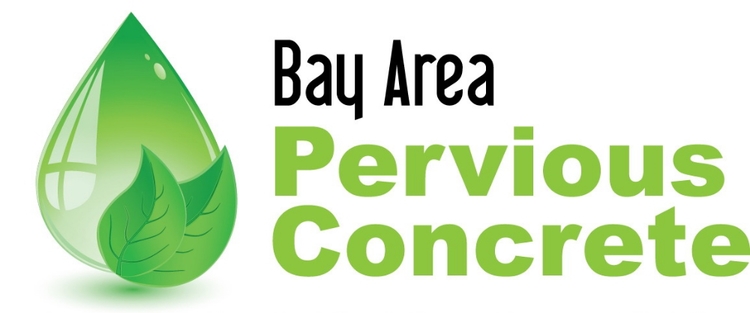We at Bay Area Pervious Concrete have come a long way towards developing the Pervious Concrete as a viable Stormwater Management System. Going through this diagram, you can see where the water goes -- one of our most frequently asked questions.
Starting at the bottom-SOIL
We do soil infiltration tests before our jobs so we can understand how fast the water will soak in, underneath the pervious concrete. Once we understand the infiltration rates and soil composition, we can engineer the appropriate depths to excavate for the next layer, the drain rock.
Before we lay the drain rock we sometimes will lay a layer of GEOTECH Fabric, which adds a helpful barrier against some less porous soil types. We determine the need for this during the soil composition and infiltration tests.
Now for the DRAIN ROCK!
Drain rock is laid several to many inches thick, depending on the rain event to be captured, the soil type below, and how much impervious surface is draining into this slab. It is a very specific type of drain rock, not the typical base used under concrete which is impervious - we want to maintain about 40% air space to both allow water to pass through and give it place to "hang out" if the soil has a slow infiltration rate.
Finally the PERVIOUS CONCRETE
The pervious concrete is then laid on top of the drain rock, screeded and rolled into place and covered in plastic, where it will cure for at least a week.

